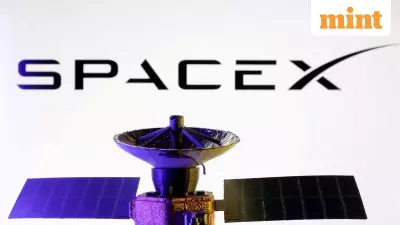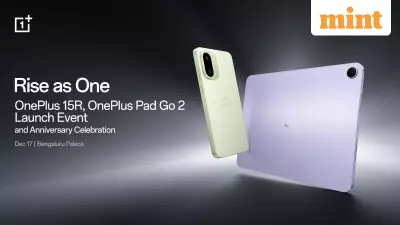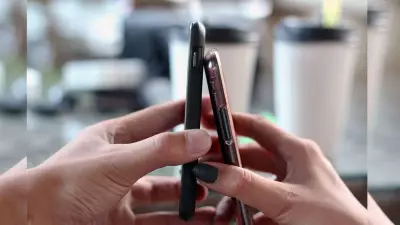
In an era where digital maps have become our constant companions, have we stopped to consider what we're losing in our relentless pursuit of efficiency? The very tools designed to connect us to places might be disconnecting us from something far more fundamental.
The Vanishing Art of Getting Lost
Remember the days when navigating meant actually understanding a city's layout? When you'd memorize landmarks, notice subtle changes in neighborhoods, and develop a genuine feel for a place? Today, we simply follow the blue dot on our screens, arriving at destinations without ever truly knowing how we got there.
This convenience comes at a cost. Our spatial awareness—that innate human ability to understand and navigate physical spaces—is gradually atrophying. We're outsourcing our sense of direction to algorithms, trading personal discovery for optimized routes.
From Exploration to Execution
Digital navigation has transformed travel from an exploratory experience into an execution task. The journey itself has become secondary to the destination. We no longer meander through unfamiliar streets, make wrong turns that lead to unexpected discoveries, or engage with locals for directions.
Instead, we become passive participants in our own movements, following instructions without questioning, without wondering, without truly experiencing the spaces we move through.
The Memory Gap
Research suggests that our reliance on GPS might be affecting our memory formation. When we actively navigate using landmarks and mental maps, we engage multiple parts of our brain. When we follow turn-by-turn directions, we engage far less of our cognitive abilities.
The result? We remember less about the places we've been. The rich tapestry of urban experiences becomes reduced to a series of completed routes.
Rediscovering Human Connection
There's something profoundly human about asking for directions. That momentary interaction with a stranger, the shared understanding of place, the generosity of helping someone find their way—these small connections are being lost to the efficiency of digital navigation.
Perhaps it's time to occasionally put away our phones and embrace the uncertainty of not knowing exactly where we are. To allow ourselves the pleasure of discovery, the satisfaction of finding our own way, and the human connections that happen when we admit we don't have all the answers.
Finding Balance in the Digital Age
This isn't about abandoning technology altogether. Digital maps are incredible tools that have made our lives easier in countless ways. But like any tool, they serve us best when we use them mindfully.
Maybe it's taking a different route home sometimes. Perhaps it's exploring a new neighborhood without immediately reaching for your phone. Or simply being more present and observant during your daily commute.
In rediscovering the spaces between points A and B, we might just rediscover something about ourselves—our capacity for wonder, our ability to adapt, and our fundamental need for genuine connection with both places and people.





